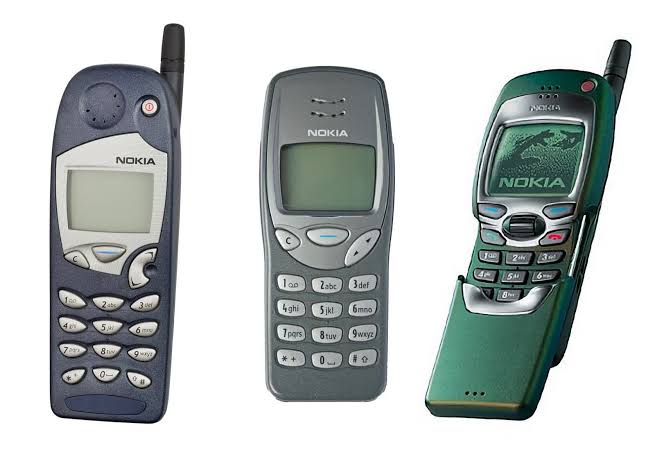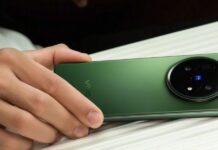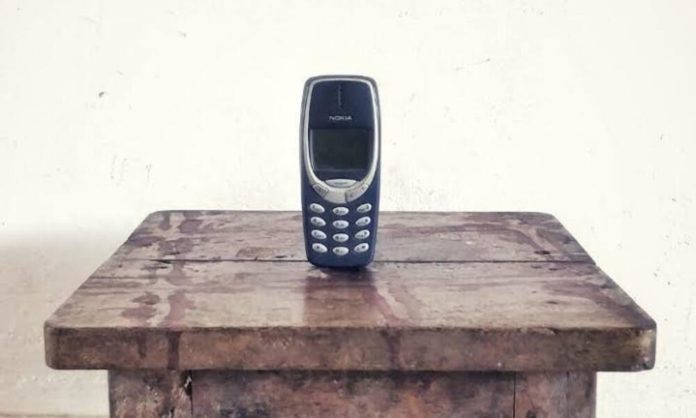Nokia, a highly recognized and well-liked company founded in 1865 in Finland, is a multinational telecommunications company that was once a major player in the mobile phone industry. Despite its past success, Nokia faced significant challenges and ultimately struggled to keep up with its competitors and evolving technology, leading to its decline.
Over the years, Nokia has succeeded in various industries like cable, paper products, rubber boots, tires, televisions, and mobile phones. Nokia widely known for developing mobile phones shifted its focus to telecommunications in the 1990s, and their quick success in the mobile phone industry led them to become the top-selling mobile phone brand globally by 1998.
As Nokia expanded significantly by concentrating on electronics and telecommunications, becoming a globally recognized brand, the very same led to Nokia’s failure in the mobile phone market where it once dominated, reaching an impressive 49.4% market share in 2007.

Read More: 5 Tips To Keep Your Smartphone Running For Years
Nokia’s Rise & Downfall
In 1979, Nokia entered the telephone industry by establishing Mobira Oy in a joint venture with Finnish TV maker Salora, pioneering the Nordic Mobile Telephone (NMT) service, the world’s first international cellular network. During the 1980s, Nokia introduced its first car phone, the Mobira Senator, and in 1982, the company launched its first digital telephone switch, the Nokia DX200.
As Nokia ventured through satellite and digital television technolog, during the 1990s, Nokia’s top management made the strategic decision to concentrate exclusively on the telecommunications market. Consequently, the company divested its data, power, television, tire, and cable units within the first few years of the decade, marking the beginning of Nokia’s prosperous era.
In 1992, Nokia introduced its first hand-held GSM phone, the Nokia 1011, boasting a talk time of 90 minutes and the capacity to store 99 contact numbers. Two years later, in 1994, Nokia launched the Nokia 2100 featuring the iconic Nokia ringtone. This model exceeded expectations, selling over 20 million units globally, surpassing the company’s initial predictions.
Fast forward 2003, Nokia made history by introducing the first camera phone. Responding to growing competition from iOS and Android operating systems in 2011, Nokia formed a strategic partnership with Microsoft. Eventually, in 2014, Nokia sold its mobile and devices division to Microsoft.
With the role out of new technologies including Android and Apple, customers quickly transitioned from Nokia to other smartphone brands. Despite being the top mobile seller in 2008, Nokia experienced a significant decline as early as 2009. However, Nokia remained committed to its operating system, Symbian, even as the popularity of Android and iOS soared. Unfortunately, Symbian couldn’t keep up with the competition posed by Android and iOS in the operating system market.
In 2016, the Nokia brand made a comeback in the mobile handset market through a licensing agreement with HMD Global, enabling them to produce phones under the Nokia brand. The following year, in 2017, HMD Global launched a new lineup of Nokia-branded Android smartphones and feature phones. Since then, HMD Global has expanded its portfolio to include not only phones but also tablets and services.
Read More: Is Apple Going To Release A Gaming Product At Its Event?
Stay tuned to Brandsynario for the latest news and updates.



































